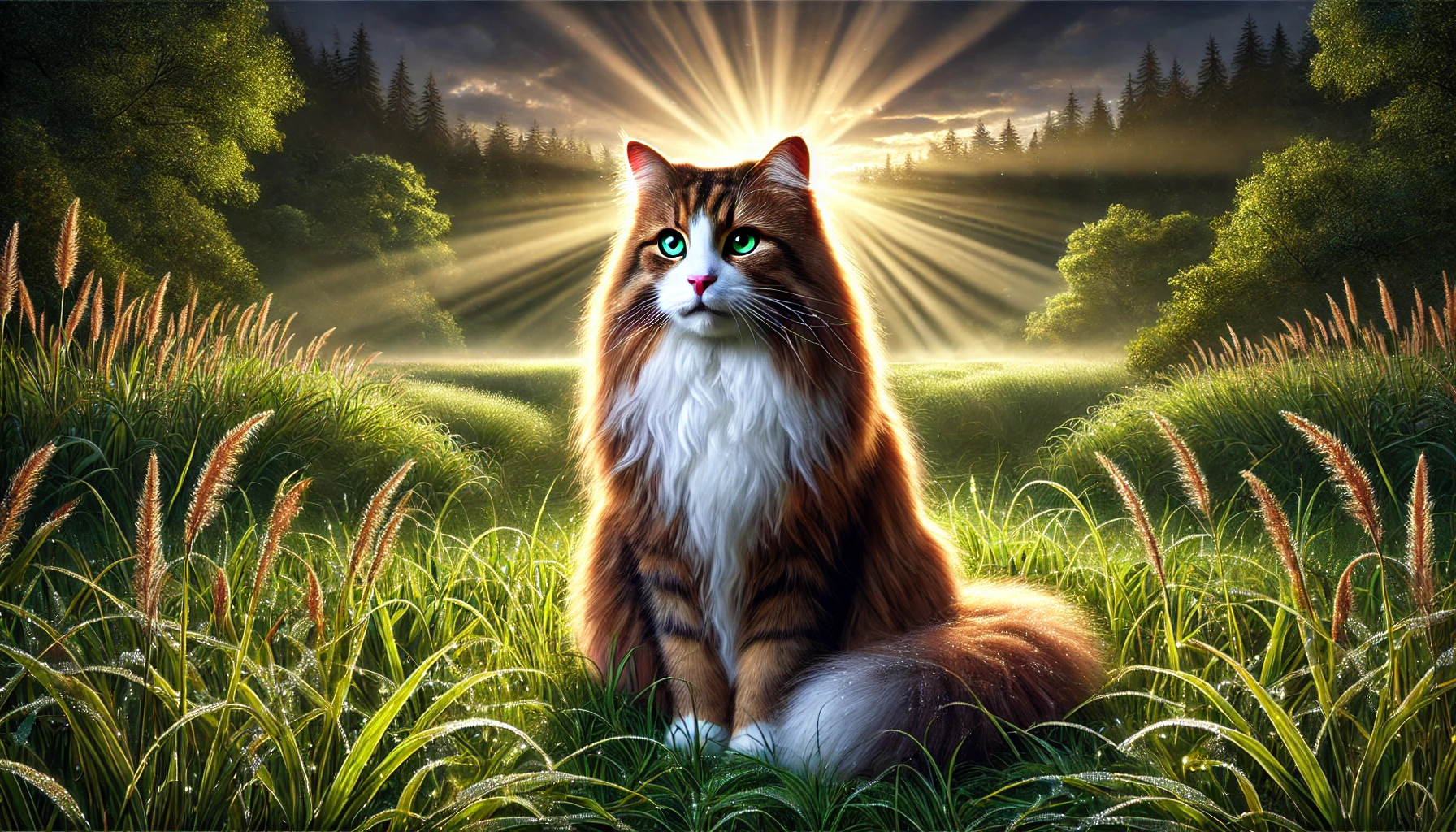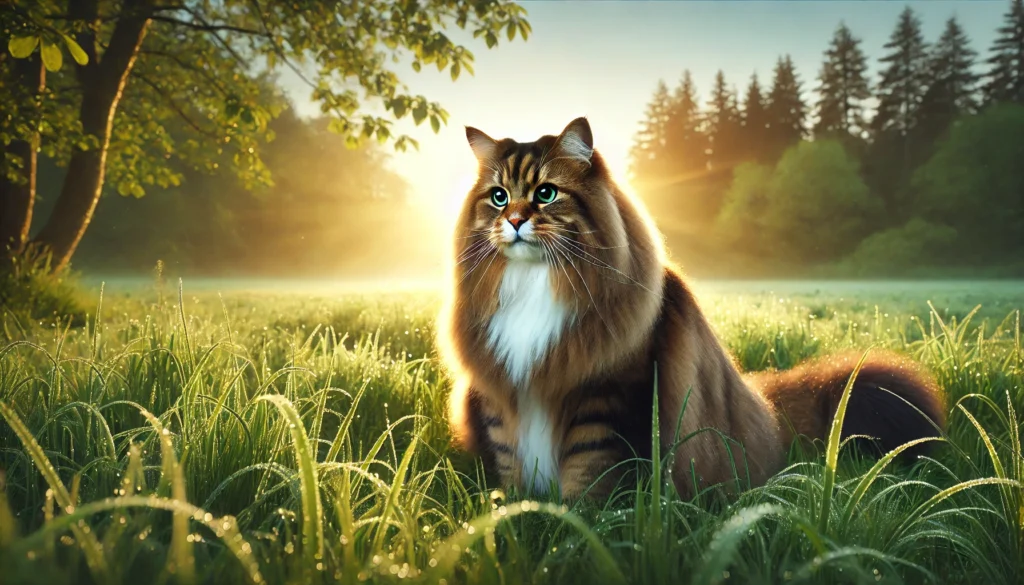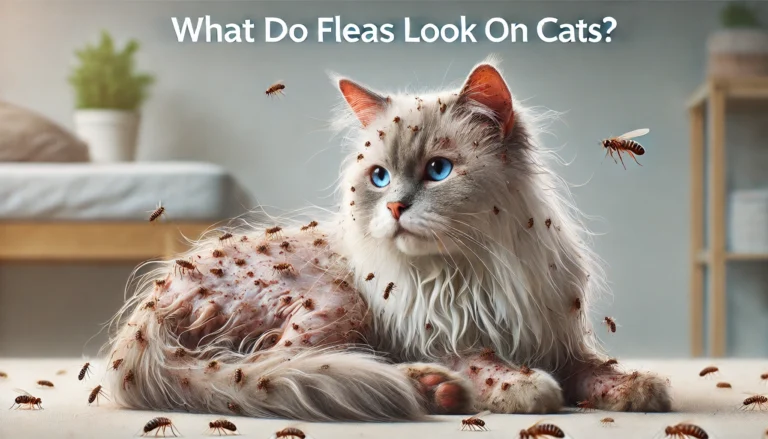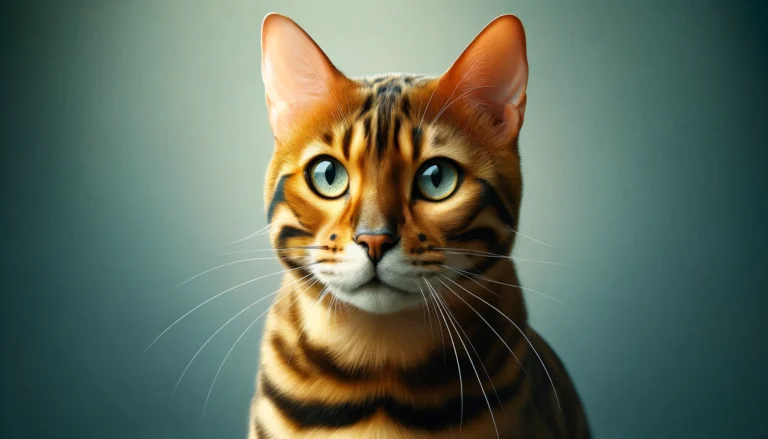Norwegian Forest Cat Breed Health and Care

The Norwegian Forest Cat, known for its robust build and striking appearance, is a beloved breed with a rich history and unique characteristics. Originating from the forests of Norway, these cats have captivated people worldwide with their beauty and charm. In this comprehensive guide, we’ll explore everything you need to know about the Norwegian Forest Cat, from its origins and physical attributes to its temperament, care requirements, and more.

1. Origins and History
The Norwegian Forest Cat, often referred to as “Wegies” by enthusiasts, has a long and storied history intertwined with Norse mythology and Norwegian folklore. Believed to have been companions to the Vikings, these cats are well-adapted to the harsh Nordic climate, with their thick double coats and muscular bodies. They were revered as skilled hunters, protecting grain stores and ships from rodents during sea voyages.
2. Physical Characteristics
2.1 Size and Build
Norwegian Forest Cats are large, muscular cats with a sturdy frame. They typically weigh between 10 to 20 pounds, with males being larger than females. Their bodies are well-proportioned, giving them a powerful and athletic appearance.
2.2 Coat
One of the most distinctive features of the Norwegian Forest Cat is its luxurious coat. They have a long, water-resistant double coat that consists of a dense undercoat and longer guard hairs on top. This coat helps them stay warm in cold climates and sheds seasonally.
2.3 Color and Patterns
These cats come in various colors and patterns, including tabby, solid, tortoiseshell, and more. The most common colors are brown tabby and white, but they can also be found in black, blue, red, cream, and various combinations.
2.4 Norwegian Forest Cat Pictures
Check out these beautiful norwegian forest kitten pictures to see their majestic appearance in various colors and patterns.
3. Temperament
3.1 Personality Traits
Norwegian Forest Cats are known for their friendly and gentle nature. They are intelligent, curious, and love to explore their surroundings. Despite their size, they are graceful and agile, often enjoying climbing and perching in high places.
3.2 Norwegian Forest Cat Lifespan
On average,Norwegian forest kitten live for about 12 to 16 years. With proper care and nutrition, they can live even longer, providing many years of companionship.
3.3 Norwegian Forest Cats Personality
Their affectionate and sociable personality makes them excellent companions for families, as they bond closely with their human counterparts.
4. Care and Maintenance
4.1 Grooming
Due to their thick coats,Norwegian forest kitten require regular grooming to prevent matting and tangling. Weekly brushing is recommended, especially during shedding seasons, to remove loose hair and reduce the risk of hairballs.
4.2 Norwegian Forest Cat Diet
A balanced diet is essential for Norwegian Forest kitty to maintain their health and vitality. High-quality cat food that meets their nutritional needs is recommended, with consideration for their size and activity level.
4.3 Norwegian Forest Cat Cost
The cost of a Norwegian Forest Cat varies depending on factors such as pedigree, age, and breeder. Expect to invest in their care, including food, grooming supplies, and veterinary visits.
do you know
Crate Size for Your Dog, Choosing the right crate for your dog or puppy is a crucial step in ensuring their comfort and safety. A properly sized crate is essential for making your pet feel secure, aiding in house training, and providing them with a personal space where they can relax and retreat.
5. Health Considerations
5.1 Common Health Issues
While generally healthy, forest cat may be prone to certain genetic conditions like hip dysplasia and heart disease. Regular veterinary check-ups and preventive care are important to detect and manage any health issues early.
5.2 Lifespan of Norwegian Forest Cat
With proper care and a healthy lifestyle, Norwegian Forest Cats can live up to 16 years or more, enjoying a long and happy life with their families.
6. Adoption and Breeders
6.1 Finding a Reputable Breeder
When considering adopting a Norwegian Forest Cat, it’s essential to research and choose a reputable breeder who prioritizes the health and well-being of their cats. Look for breeders who are registered with recognized cat associations and adhere to ethical breeding practices.
6.2 Norwegian Forest Kitten
If you’re looking for a forest cat, consider adoption from shelters or rescue organizations. Many young cats are in need of loving homes and may be available for adoption.
7. Interaction with Other Pets
7.1 Getting Along with Other Animals
Norwegian Forest Cats are generally social and can get along well with other pets, including dogs and other cats. Proper introductions and gradual acclimation can help ensure a harmonious household.
7.2 Maine Coon Norwegian Forest Cat Mix
The mix of Maine Coon andnorwegian forest kitten traits can result in a unique and affectionate companion, combining the best of both breeds’ characteristics.
8. Conclusion
The forest cat is a remarkable breed cherished for its beauty, intelligence, and affectionate nature. Whether you’re captivated by their majestic appearance or drawn to their playful personality, owning a Norwegian Forest Cat is a rewarding experience. By understanding their origins, unique traits, care requirements, and adoption considerations, you can provide these magnificent cats with a loving and fulfilling life in your home.
Which is larger, a Maine Coon or a Norwegian Forest Cat?
The Maine Coon is generally larger than the Norwegian Forest Cat, often weighing up to 25 pounds, whereas Norwegian Forest Cats typically weigh up to 20 pounds.
Why are Norwegian Forest Cats so expensive?
Their price reflects their rarity, the cost of breeding, maintaining a healthy gene pool, and the extensive care breeders give to ensure they’re healthy and well-socialized.
What is special about norwegian forest kitten?
They have a unique, lush double coat that is waterproof, and a robust body adapted to cold climates, combined with a sweet, friendly temperament.
How expensive is a Norwegian Forest Cat?
Prices can range from $600 to $1,500, depending on the breeder, location, pedigree, and other factors.
What is the most expensive cat?
The Ashera cat, known for its leopard-like spots and large size, can be the most expensive, with prices reaching up to $125,000.
Do Norwegian Forest Cats meow?
Yes, they do meow, but they are known to be quieter and less vocal than many other breeds, often using a soft voice when they do vocalize.
Are Norwegian Forest Cats aggressive?
No, they are generally not aggressive; they are known for being gentle, friendly, and good-natured.
What are the disadvantages of a Norwegian Forest Cat?
Their thick coat requires regular grooming, and they can be prone to certain genetic health issues, such as hip dysplasia and hypertrophic cardiomyopathy.
Are Norwegian Forest Cats shy?
They tend to be reserved around strangers but are not typically shy; they are affectionate and loyal to their families.
Do forest cats like water?
Unlike many cats, Norwegian Forest Cats are known to not be particularly averse to water, likely due to their waterproof coats which may make them more tolerant of wet conditions.






